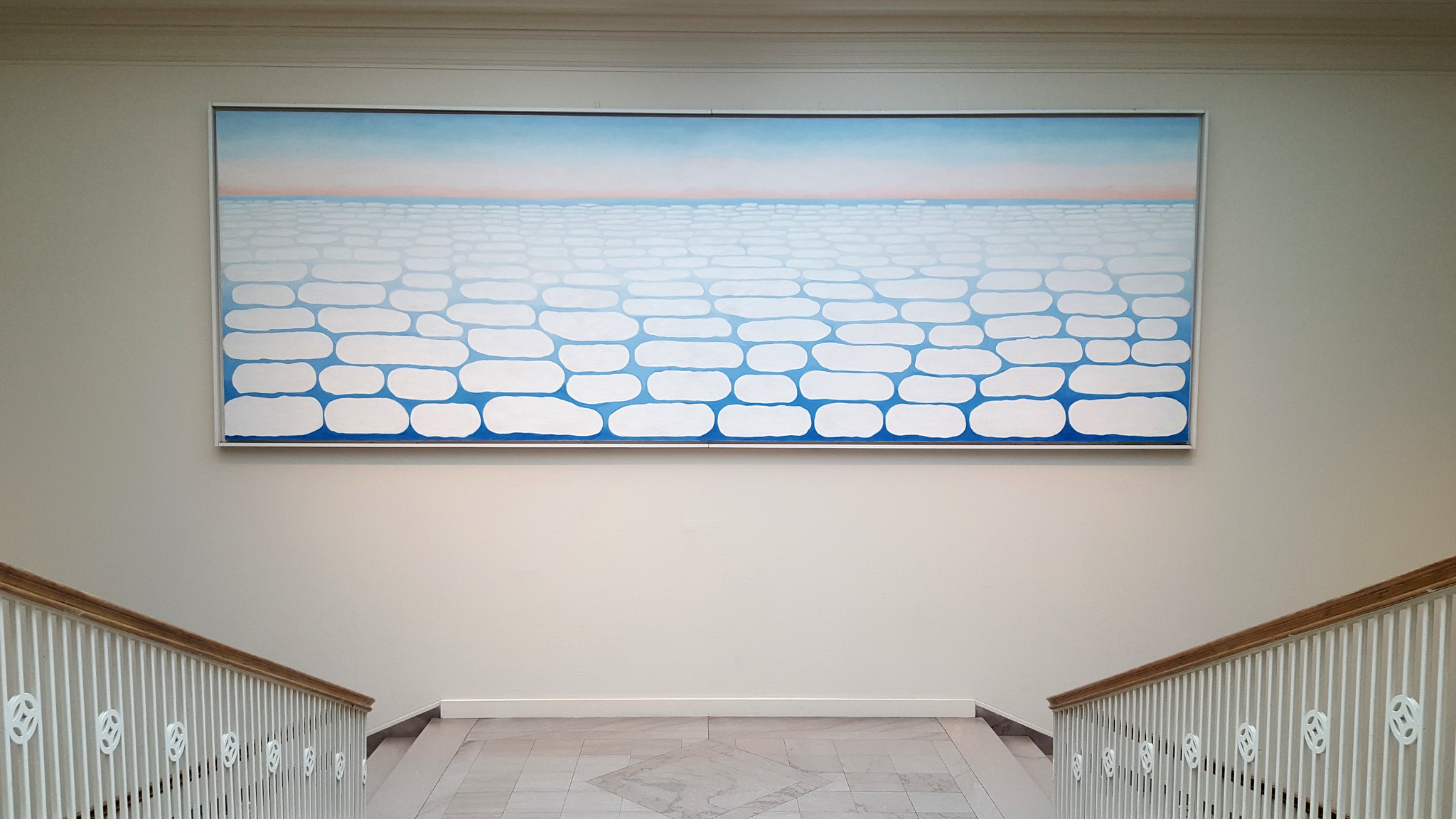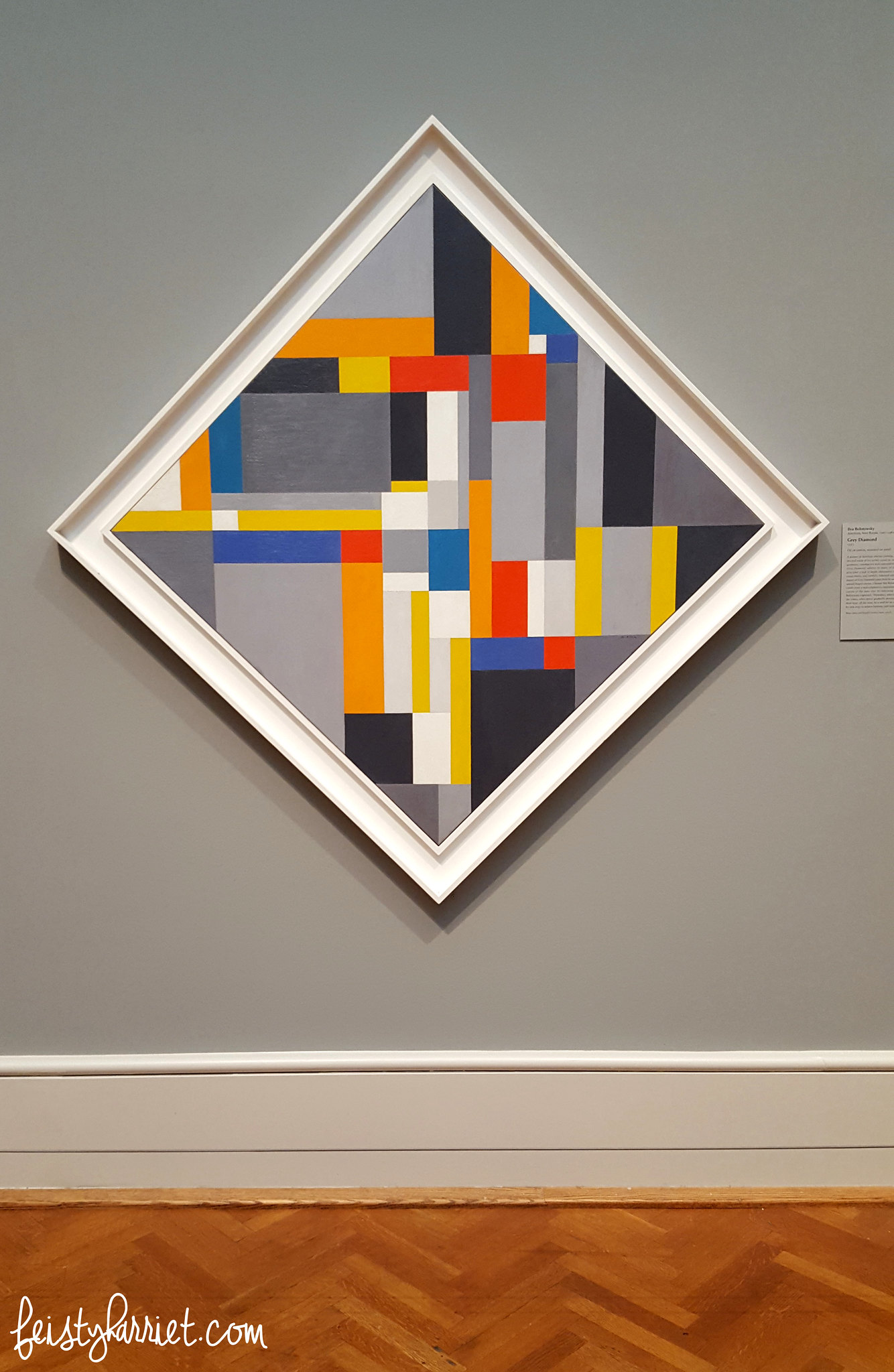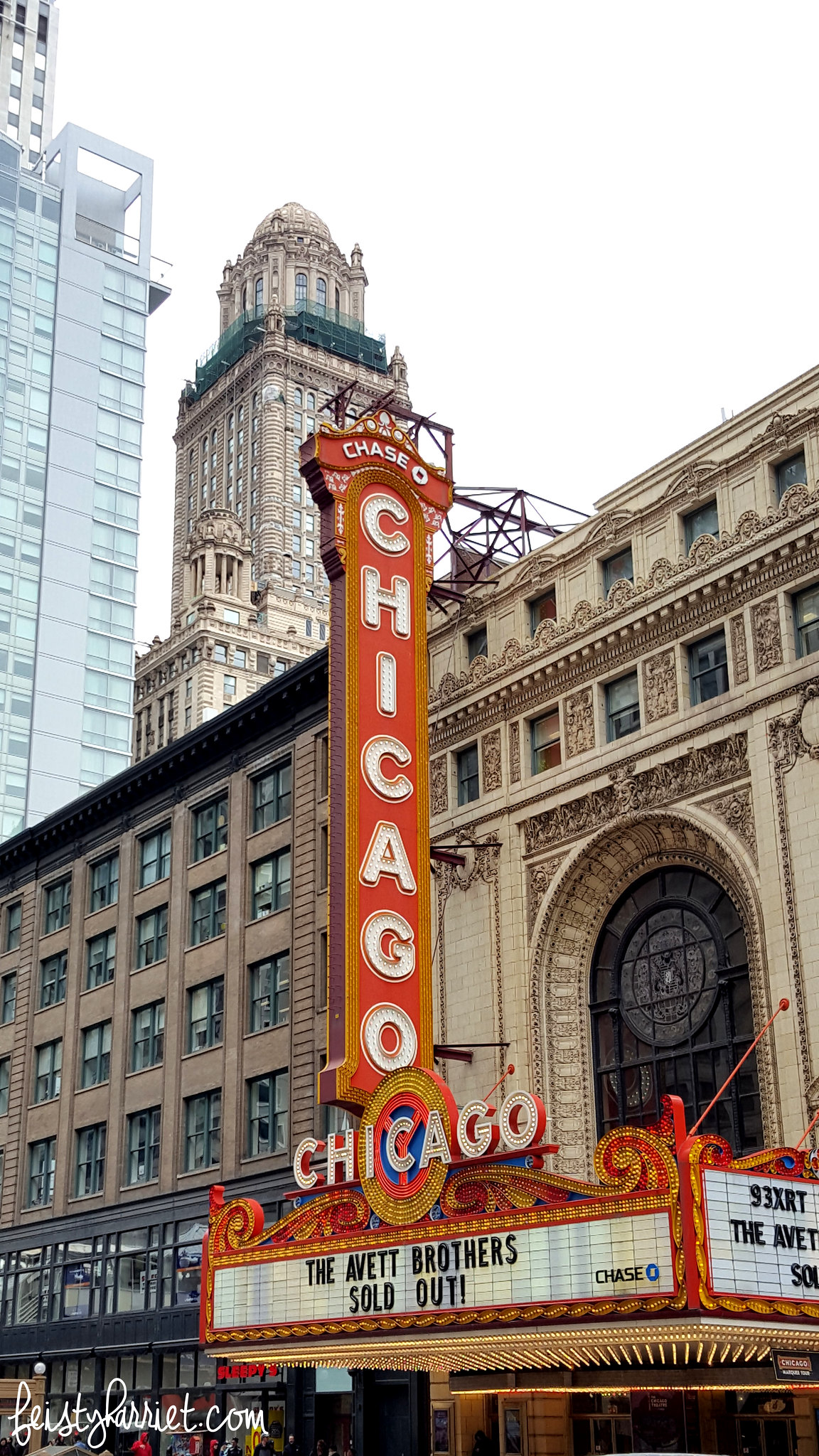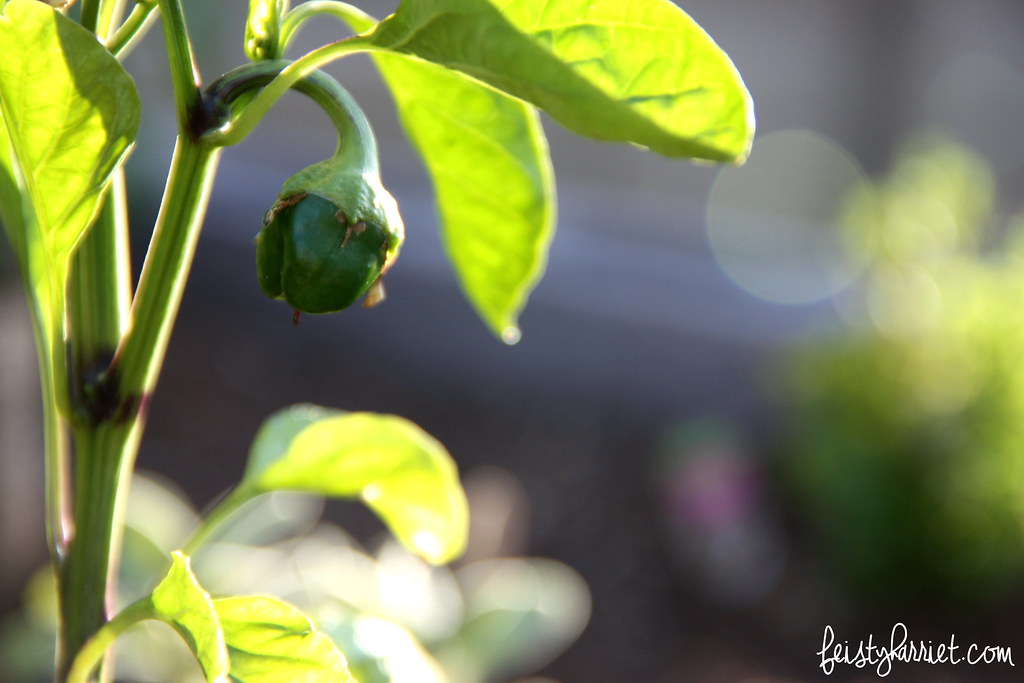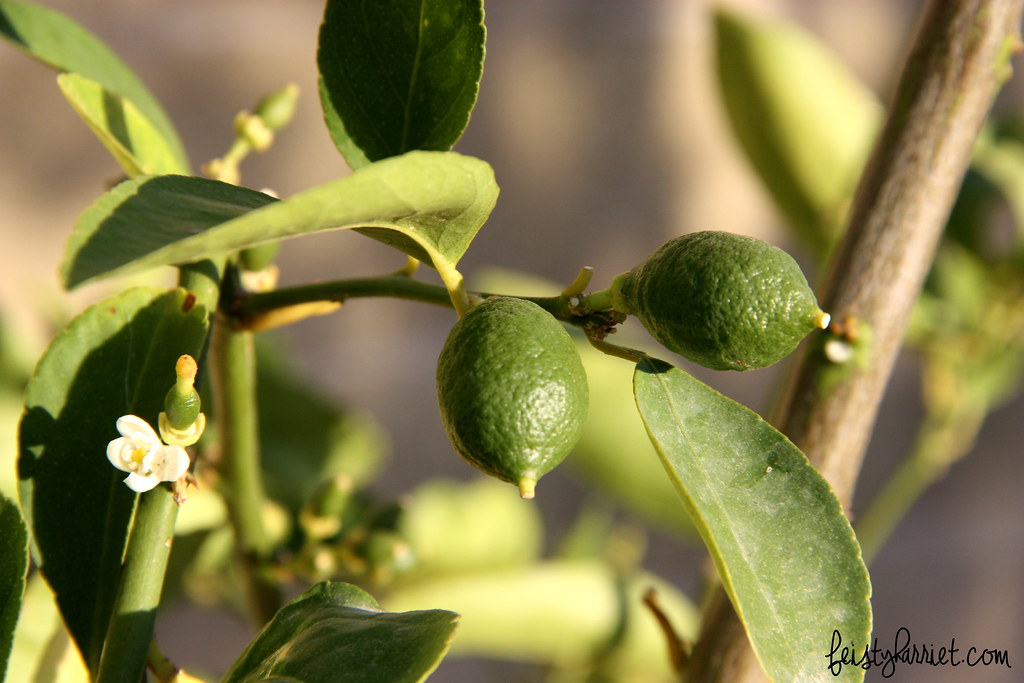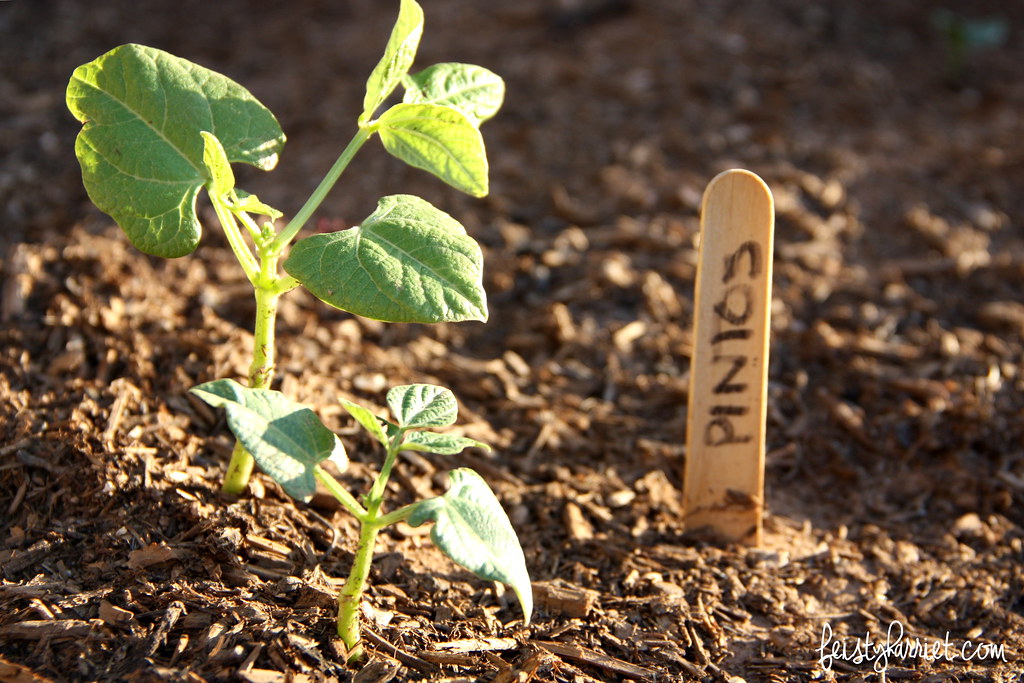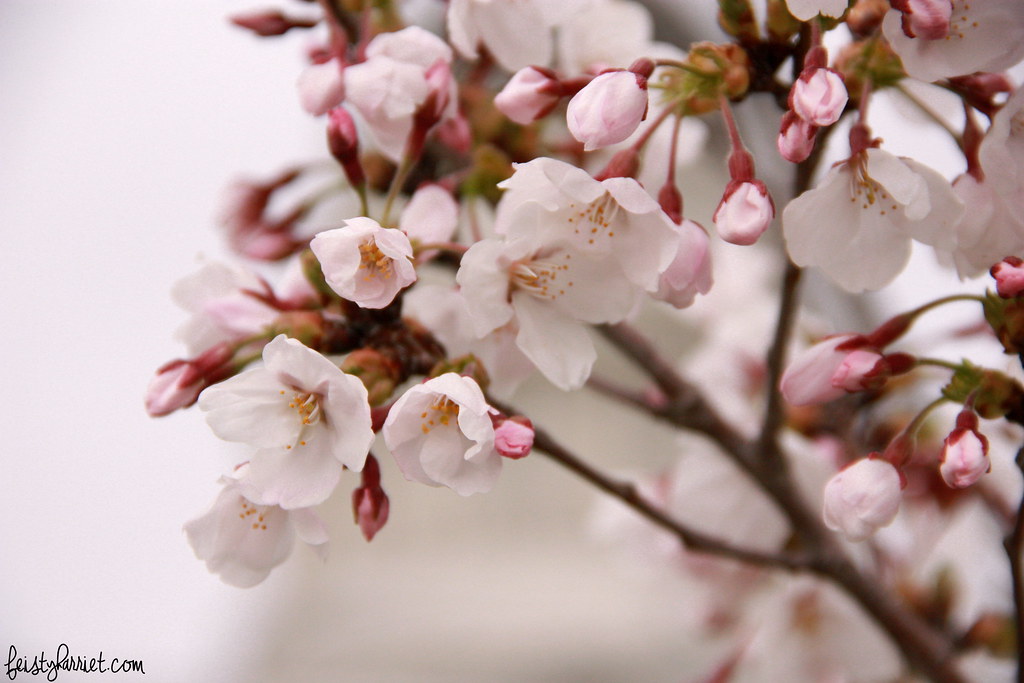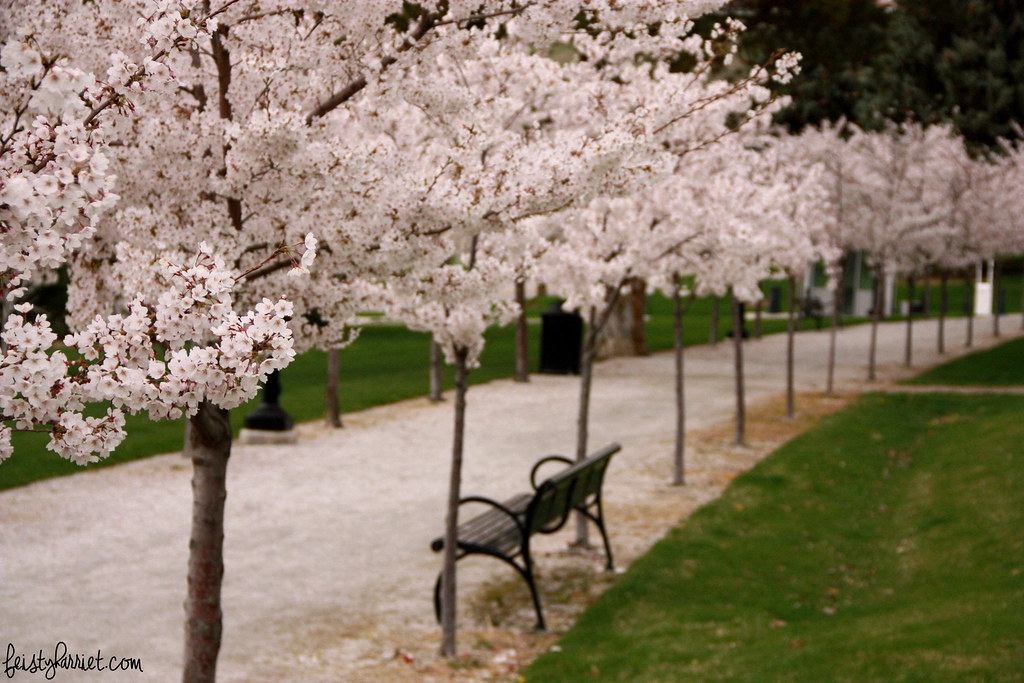I know there are a lot of competing schools of thought on museums, some people find them stuffy and full of crumbly, boring antiques. Others are fascinated and inspired by them. I certainly fall into the latter camp, especially when we are talking about art museums. For me, a trip to Chicago is not complete without a few hours spent wandering around the Art Institute. Their Asian art wing is amazing, their Islamic textiles are gorgeous, and their ancient world exhibits are near perfection. I appreciate their religious art and icons from the middle ages, but what I love the most is the contemporary and impressionist wings.
Georgia O’Keeffe spent some of her early life in Chicago as a commercial artist and took classes at the Art Institute as well. She donated a large chunk of her work to the museum and they have it mixed in with contemporaries of O’Keeffe, artists who were just beginning to break the mold of realism in the United States (the Impressionists in Europe had a head start, for sure, but they also mostly painted recognizable objects where the “modernists” in the United States in the 20’s and 30’s painted abstract shapes and forms, using color and line to convey emotion instead of familiar objects.) This is O’Keeffe’s largest painting, inspired by the clouds she saw from the window of an airplane. I love this painting and the way she uses almost Pop Art techniques to simplify the shapes down to their very basic form: white ovals = clouds.
Ah, Piet Mondrian, you sure know how to populate a square and make a girl swoon! The contemporary wing of the museum has some beautiful pieces in it, some resonate with me quite strongly, others I don’t even respond to at all. And that’s okay. This is a public art museum, not my living room. I don’t have to love everything on display. But the handful of Mondrian’s? Oh yes, I love those.
May I introduce Vincent Van Gogh’s palette. There was a huge Van Gogh exhibit going on while I was there, they had imported pieces from around the world and had ROOMS full of Van Gogh paintings, highlighting the similarities and evolution in his style, as well as the themes he painted over and over.
There were so many people packed into those rooms that I began to panic and get a little claustrophobic. Hundreds and hundreds turned out to see these masterpieces, which is fantastic, but is not really my ideal setting for viewing art. I did squeeze through the crowds to peek at all the Van Gogh goodness, but after about 30 minutes I snuck out to other areas of the museum that were nearly empty.
The grand staircase at the entrance. I had to wait a very long time for a clear shot, people are up and down those stairs constantly in search of something inspiring.
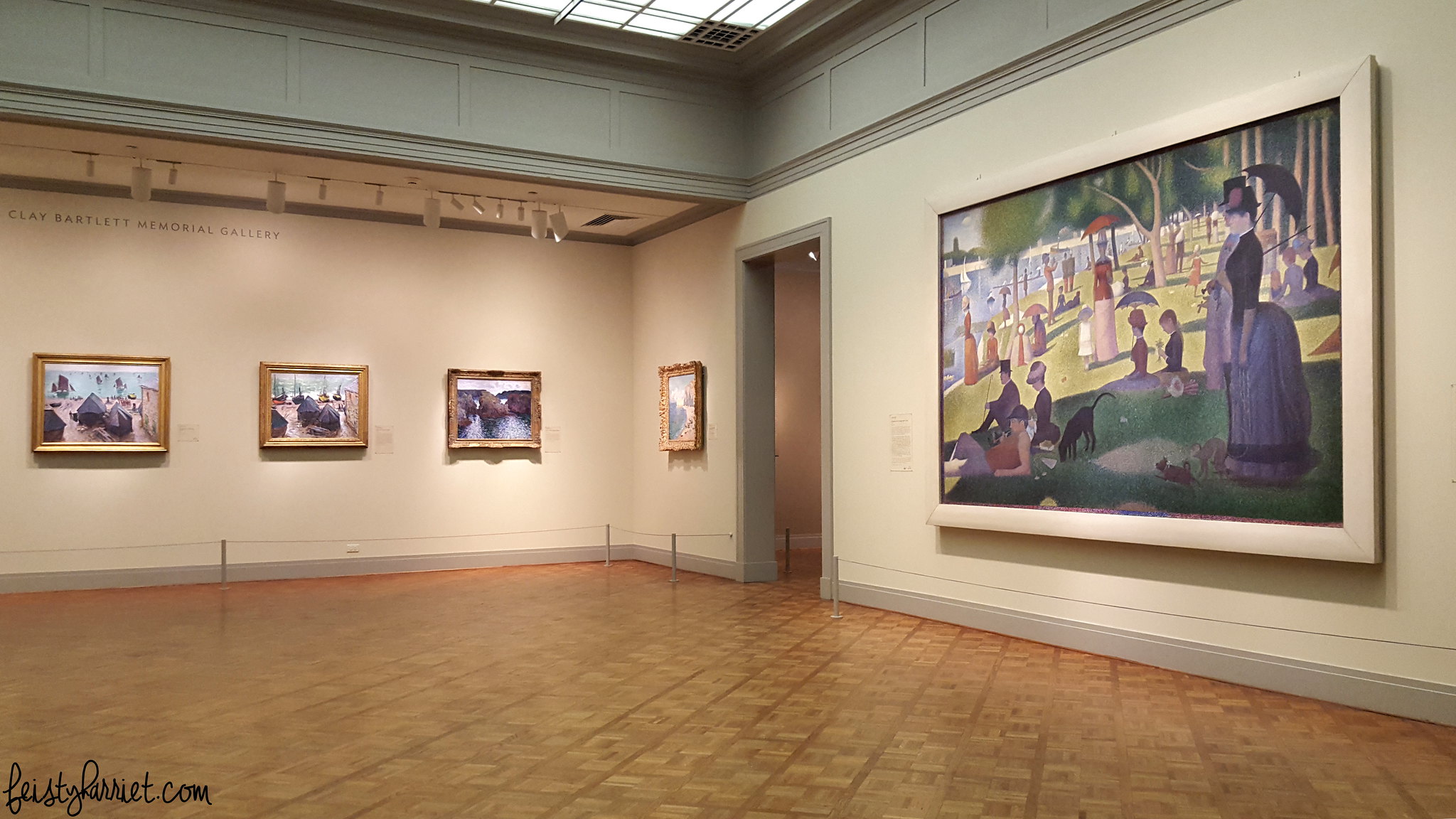
I love this Seurat painting, I can stare at it for hours, kind of like people watching. It’s easy to zone out and let my own thoughts take over (a much needed relief after the intensity of the crowds hovering around the Van Gogh paintings), and imagining George as he painted, dots and more dots and more dots, tiny little components that, at a distance, create this jaw-dropping masterpiece. That is probably why I love the Impressionists, they seem to turn unrelated chaos into art. Life is–or should be–like that a little bit, I think.
 Agora, by Polish artist Magdalena Abakanowicz. These enormous metal legs and torsos populate a sizable swath of Grant Park, on the south end, near the skate park. My nieces call this section the Pants Park, and love running through those legs, playing tag and hide and seek. I love that their everyday lives have such richness, so much culture and art that, for them, is just part of the backdrop of being little kids in the heart of a city.
Agora, by Polish artist Magdalena Abakanowicz. These enormous metal legs and torsos populate a sizable swath of Grant Park, on the south end, near the skate park. My nieces call this section the Pants Park, and love running through those legs, playing tag and hide and seek. I love that their everyday lives have such richness, so much culture and art that, for them, is just part of the backdrop of being little kids in the heart of a city.
I’ll be back, Chicago. I’ll always come back.


